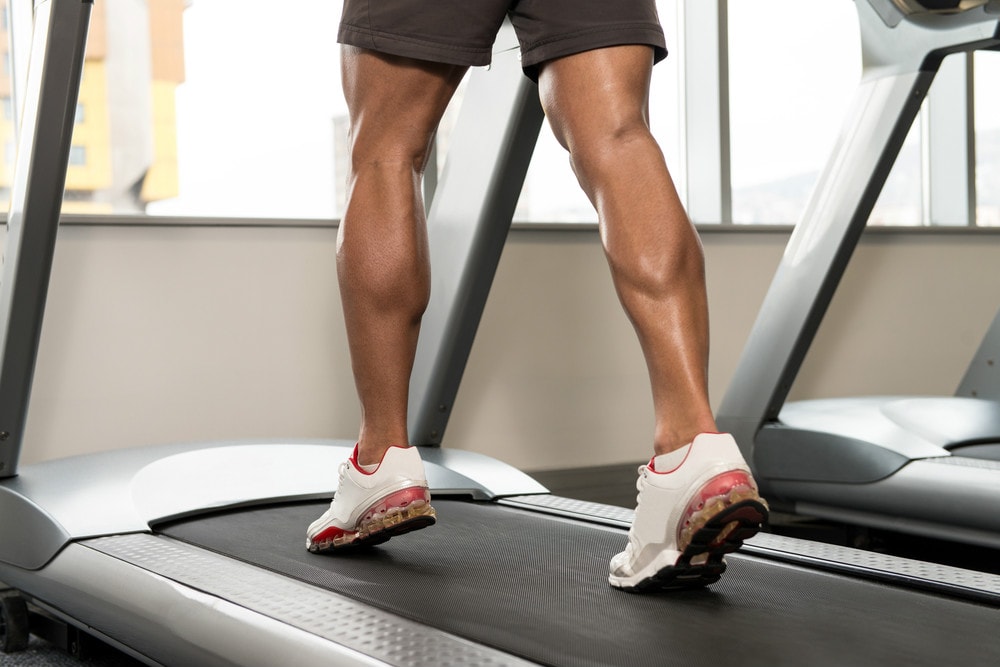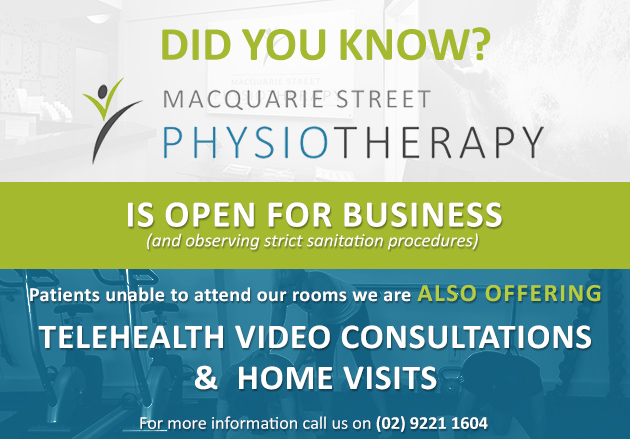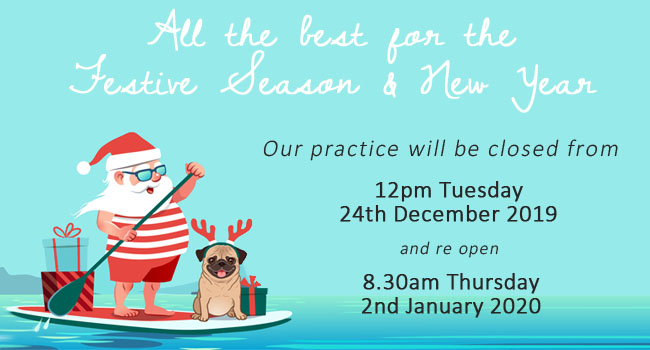News & Tips
Calf stretches for injury prevention
 Calf Stretches will make tight muscles feel more comfortable and freer. Flexibility in the calf is essential for all running sports. It reduces the chance of straining/tearing the calf muscle during a match or whilst running. Calf stretches will also relieve the strain on other muscles which might be working harder to compensate.
Calf Stretches will make tight muscles feel more comfortable and freer. Flexibility in the calf is essential for all running sports. It reduces the chance of straining/tearing the calf muscle during a match or whilst running. Calf stretches will also relieve the strain on other muscles which might be working harder to compensate.
What are calf muscles?
They are the muscles of the lower leg which are involved with propulsion, hopping, and jumping by their attachment at the heel. Racquet and other ball sports, running and cycling recruit calf muscles.
There are two main muscles which make up the calf. These are:
1) Gastrocnemius – this starts above the knee and attaches at the back of the heel via the Achilles Tendon. It helps with propulsion (heel raise) as well as knee bending.
2) Soleus – this starts below the knee and attaches at the back of the heel via the Achilles Tendon shared with gastrocnemius. This muscle is important for propulsion upwards and forwards, and balance. It is the most commonly strained (as many as 95% of calf strains are soleus strains). Running is the main cause of calf strain.
Why are my calf muscles tight?
Calf muscles can be tight for a number of reasons: after exercise they could be tight just from normal use (particularly if you are new to the exercise), or from over-use (often accompanied by DOMS – delayed onset muscle soreness). If you are weak in the gluteal muscles, or tight in the hip flexor muscles the calf will tend to work harder when you walk or run. Also, a tendency to weight-bear in your forefoot or wearing high heels can result in tight calf muscles. Sitting shortens the gastrocnemius muscle of the calf, and so can make this tight.
Does stretching reduce calf tightness?
Stretching any muscle, be it hamstring, quadriceps, adductors or calf is relevant if the muscle is tight. Stretch exercises reduce calf tightness by lengthening the muscle fascicles.
How should I stretch?

The gastrocnemius is best stretched with a straight knee (PIC).
The soleus is best stretched with a bent knee (PIC).
The heel can be flat on the floor or dropped over a step. Dropping the heels over a step could aggravate the Achilles tendon, so watch out for any tendon pain with this (PIC).
When should I stretch?
Static stretching should be performed regularly and held for 60-90 seconds. It should not be done much sooner than 2 hours before a sporting match. Current research suggests that pre-match warm-ups should be more dynamic such as lunges and leg swings, jumping, etc., rather than static stretching.
Static stretching should also be performed after playing or training. It can be performed as part of a daily routine, or for relief at any time the calf feels tight.
Other ways to stretch the calf:

Calf stretching occurs with a number of yoga poses, including downward dog. These incorporate other muscles, fascia (or connective tissue) and the “posterior sling” which includes the structures at the back of the leg and spine. This is more of a “whole body” stretch incorporating sciatic nerve and hamstrings, gluteals and back muscles, which can add benefit to your calf stretches programme.
Eccentric strengthening exercises (muscles lengthening as they contract) have been found to increase fascicle length in the muscles, and so increase flexibility. An example for the calf is returning down from a calf raise exercise. Dead-lifts, although mostly eccentric strengthening for the hamstring may also incorporate the calf and help lengthen and strengthen it.
Dynamic stretching such as squats, lunges, leg swings, and calf raises on a step, can also help keep the calf flexible.
In Summary:
Keep the calf muscles flexible using static stretching – either isolated to the calf or involving other muscles. Closer to a match or run, dynamic stretches are preferable. Eccentric strengthening also improves calf muscle length. To reduce over-reliance on, hence tightness in, the calf muscles, make sure other leg muscles are strong to assist in propulsion during sport. If you are still experiencing calf discomfort please contact Macquarie Street Physiotherapy located near Martin Place in the heart of the Sydney City CBD to make an appointment.








